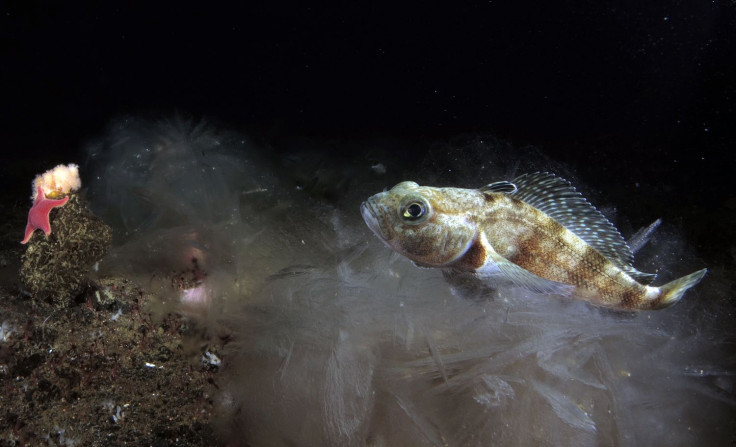Antarctic Fish Survive Icy Cold Waters By Developing ‘Antifreeze’ Proteins

Fish in Antarctica develop special “antifreeze” proteins that help them stay alive in the icy Southern Ocean, according to a new study. The life-saving proteins, however, come with a side effect as they can prevent ice crystals inside the fish from melting even in warm summer waters.
The researchers discovered the antifreeze proteins more than 40 years ago while studying how Antarctic fish survive in conditions that would freeze up most other aquatic beings. According to the researchers, these proteins help the fish avoid freezing by binding ice crystals that enter their bodies and preventing them from growing. The findings of the latest study -- the side effects of the antifreeze mechanism -- were published in the journal Proceedings of the National Academy of Sciences.
“We discovered what appears to be an undesirable consequence of the evolution of antifreeze proteins in Antarctic notothenioid fishes,” Paul Cziko, a doctoral student in the University of Oregon, and the study’s lead author, said in a statement. “What we found is that the antifreeze proteins also stop internal ice crystals from melting. That is, they are anti-melt proteins as well.”
As part of the study, the researchers investigated if the ice crystals inside the fish melted when temperatures warmed. When they warmed the water to higher temperatures above the expected melting point, the researchers found that some ice remained inside the fish. The ice crystals were also found in other notothenioid fish, swimming in relatively warmer Antarctic summer waters at temperatures where they would be expected to be free of ice.
According to the researchers, if the fish carry ice crystals within them for their entire lives, they could be at risk of serious health issues such as asbestos in the lungs or blood clots in the brain. However, according to the researchers, none of these adverse physiological consequences have been discovered so far.
“Since much of the ice accumulates in the fishes' spleens, we think there may be a mechanism to clear the ice from the circulation,” Cziko said. “This is just one more piece in the puzzle of how notothenioids came to dominate the ocean around Antarctica. It also tells us something about evolution.”
© Copyright IBTimes 2024. All rights reserved.






















